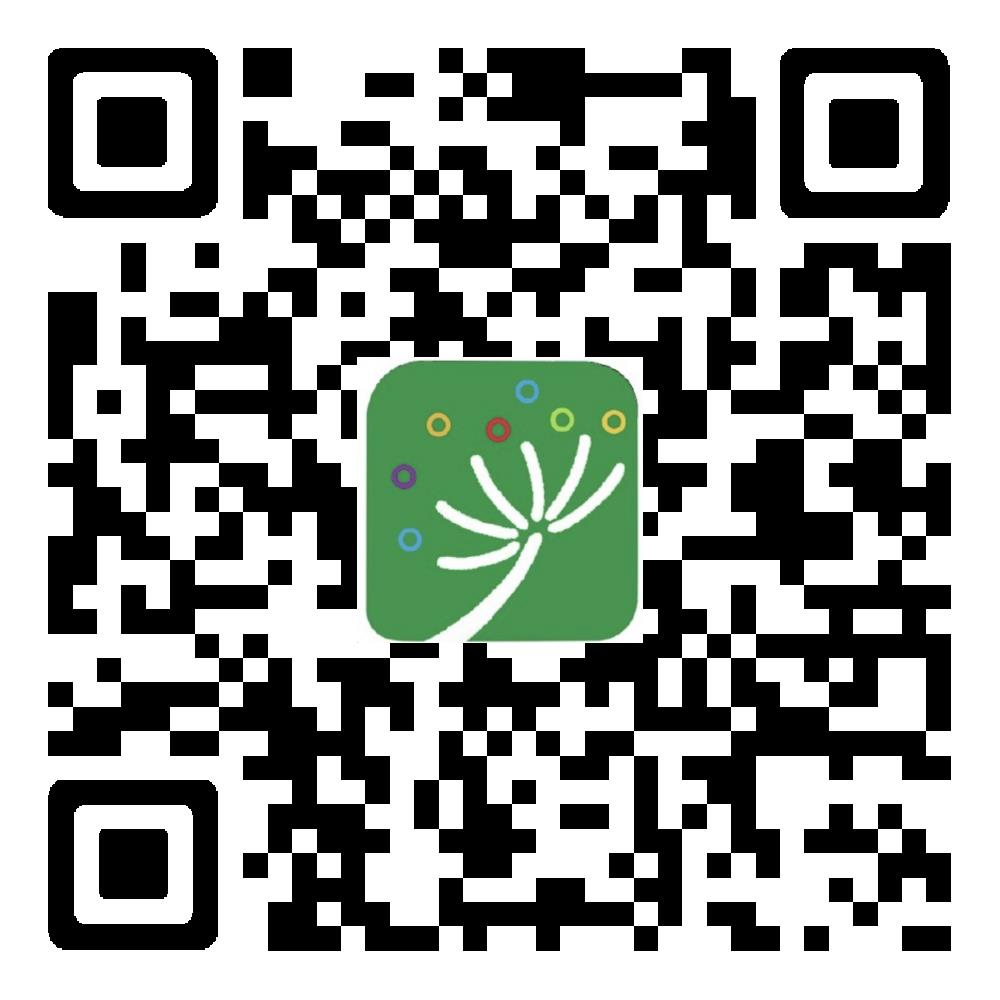The Ministry of Education (MOE) recently issued a guidance on enhancing AI literacy in primary and secondary schools.
The guidance specifies the overarching goal of AI-powered education -- to cultivate innovative talent capable of dealing with future challenges. It highlights the need to ignite students’ interest in science by extensively involving them in project-based learning (PBL). It also emphasizes the enhancement of thinking skills and problem-solving skills while raising students’ digital literacy. In addition, the guidance calls for sound overall planning and coordination between different government agencies and encourages the implementation of pilot projects to explore effective models.
The guidance suggests that AI-related courses be integrated into curricula at different educational levels as a regular component. Specifically, the focus should be on raising awareness about AI in the lower primary school grades; on understanding and using AI technology in the higher primary school grades and in lower middle school (i.e., junior high or middle school); and on project creation and application of advanced technologies at the upper middle school level (i.e., high school). Schools are also encouraged to introduce AI teaching modules in IT, science, practical activity, and hands-on skill courses as well as in extracurricular activities.
The guidance stresses the need to develop and facilitate sharing of high-quality AI resources. It suggests several means of fulfilling that goal. For example, the national smart education platform for primary and secondary education will launch a specific section on AI literacy. AI laboratories at universities, research institutes, and high-tech companies are encouraged to be accessible to primary and middle schools and develop educational services suitable for students from these schools. Sharing AI-related resources among schools is also important to ensuring that learning opportunities are broadly available.
In addition, the guidance urges the expansion of an AI-savvy teacher workforce through teacher training and the recruitment of professionals from universities, research institutes, and high-tech companies to serve as part-time teachers. It encourages organizing diverse AI learning activities to satisfy students’ academic, personal, and social needs. It also underlines the importance of support to schools in rural and remote areas by promoting teacher exchange and increased interconnectivity between AI-related courses in rural and urban schools via online platforms.



